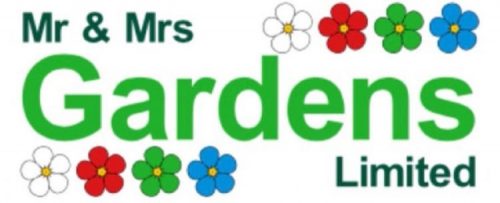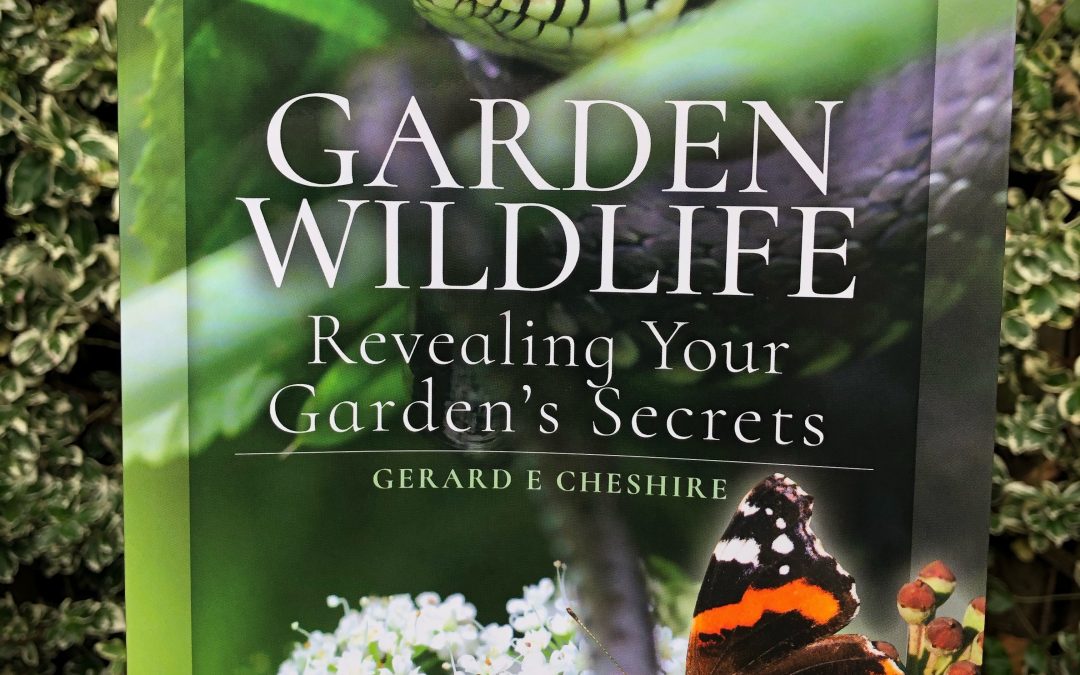This book is beautifully illustrated with a photograph on almost every page. This means the reader is able to read the written descriptions of the wildlife while enjoying the stunning images. It also means you will be able to spot the different types of wildlife in your garden throughout the year by using the book as a reference guide.
The book begins by encouraging the reader to consider creating habitats in their garden that can encourage wildlife. If we do not give wildlife the opportunity to visit our garden then we are reducing the ability to see it to almost zero. We are encouraged to do as much as we can. Clearly, a small garden on a housing estate in the middle of a large town isn’t going to be the same as a large garden at the edge of a village, backing on to a wood, set among rolling hills and fields. However, it can be quite surprising just how much wildlife can be encouraged into a garden even in the middle of suburbia.
The book then sets out garden wildlife under 7 headings. Those headings being – mammals, birds, reptiles, amphibians, fish, invertebrates and plants. We learn about the habitat they prefer, when they are active, and how they live their lives.
In the section under mammals you will find the ubiquitous grey squirrel and fox. There is probably not many gardens even in the middle of towns and cities that haven’t been visited by these sometimes welcome, and sometimes unwelcome, garden visitors. Hedgehogs are also featured. I would like to encourage this spikey visitor into my garden to feast on the slugs that visit. I haven’t seen a hedgehog in the town where I live since I was a teenager, although I have seen a few recently when visiting Northumberland. Not all the mammals featured in this section are going to visit every garden. It’s unlikely a badger will come to visit me (but not impossible), and I’m not going to find a fallow deer asleep on my lawn. Although, I have spotted Roe deer on the streets of Glasgow on more than one occasion, and on the green belt on the outskirts of the city they can be spotted in fields.



The section on birds is probably going to be one where many of us will recognise a visitor to our gardens, even if it is only a sparrow, crow or gull. There are so many other garden birds featured in this book, together with photographs capturing their detail.
I am lucky as our town garden sits along a railway line and has trees, woodland, and a stream nearby. We regularly get a range of finches visiting. We used to get a woodpecker nearly everyday, but since I built a new bird feeder to deter the squirrels, it hasn’t been back. Something I’m going to rectify very soon. We’ve also had a couple of visits from a sparrowhawk, much to the delight of my two children who got a chance to spot it too. The small bird it was aiming for managed to dart into a nearby Clematis and survived the ordeal, albeit very likely pretty frightened. Of course there are birds that are unlikely to be seen in a suburban garden, such as a Heron or a Pheasant, but encouraging some birdlife into our gardens is well within the grasp of all of us.






Reptiles are probably going to be less common in many gardens. I have seen a slow worm (a legless lizard) twice. Once in a car park in Plymouth, when I mistook it for a snake. A friend who lived locally put me straight, and wasn’t at all surprised to see one. The other time was in the Cheviot Hills while out hiking. I spotted it gliding across the path I was walking on. By the time I got my phone out to take a photograph it had gone into the long grass and was hidden. To this day I don’t know if it was a snake or a slow worm, but I erred on the side of caution and noted it as a slow worm. I have never been lucky enough to spot a snake, yet.
Amphibians are definitely something to keep any eye out for in all gardens, even in gardens in the middle of towns. I have seen frogs and toads many times in town gardens, even small gardens. It’s very often not until they move that they’ll be noticed, or perhaps when you move an old upturned plant pot. Newts may be another garden visitor we may spot in our gardens if we are near .
It would be unusual to find fish in your garden without your knowledge, but you may have a stream nearby and you never know, there could be minnows or sticklebacks in there.



The invertebrates section of this book is where you will find all the creepy crawlies and flying insects in your garden. There may be some people who think bugs would not be their favourite garden visitor. When I used to give talks to school children about gardening as a career there was always a few participants who were not keen on bugs. However, bugs are a good sign a garden is alive. It’s a great starting point when building a garden that is more attractive to wildlife. Without bugs, nothing much will be happening in an outdoor space.
The plant section in the book is very brief, only 4 pages. It’s not a plant book. It’s a wildlife book. But, the book does want the reader to be aware that if you want to encourage wildlife into your garden, then the flora needs to go hand in hand.
I really enjoyed reading this book. There were lots of snippets of interesting information I found myself sharing with my family as I was reading it, and the photography makes for a fantastic visual reference. This book would make a great gift for a young teenager who expressed an interested in wildlife. It would also be a good addition to someone’s book collection if they are new to a garden and wanted to welcome nature into it
Michael
Mr & Mrs Gardens Limited
All the photographs on this blog have been taken by us and are owned by Mr & Mrs Gardens Limited. They are not photographs from the book.



